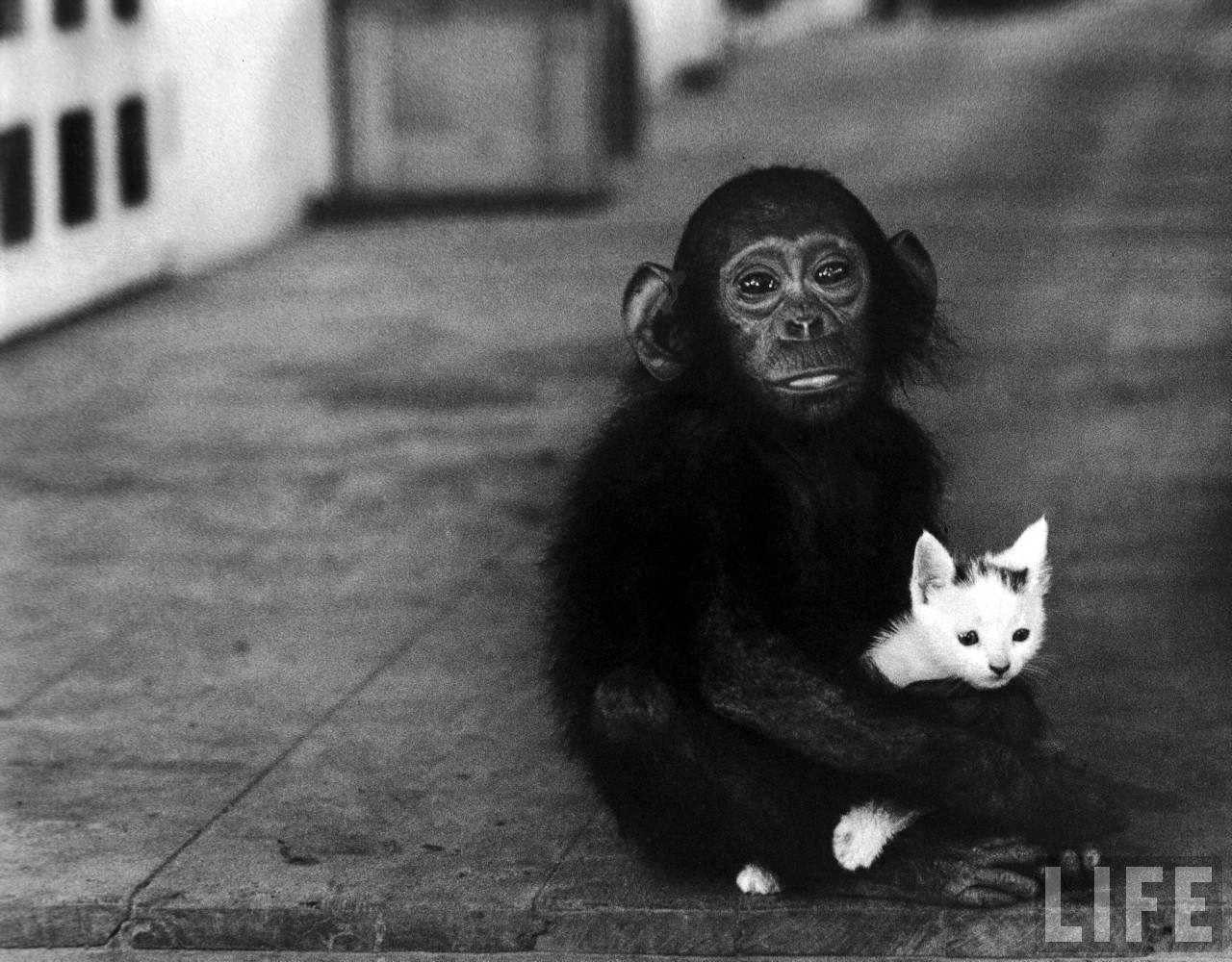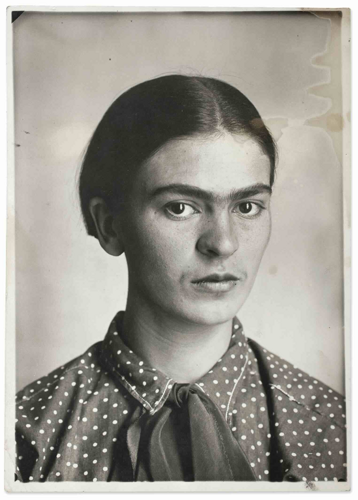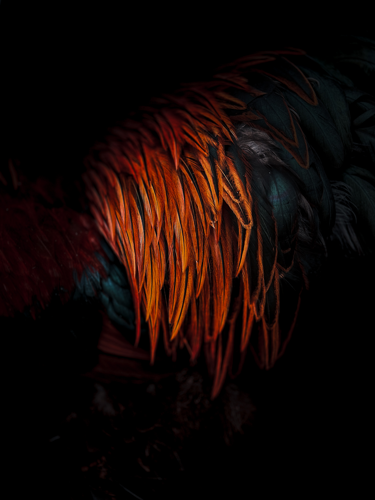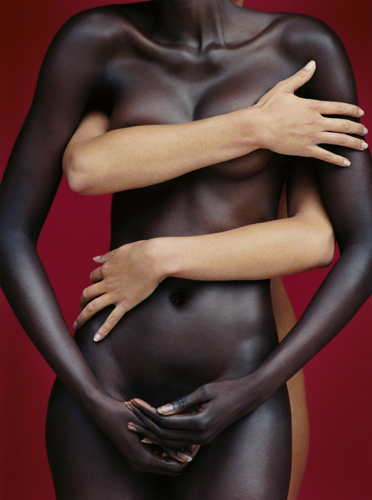1936. november 23-án lépett be a képeslapok piacára Henry Luce a megújult LIFE magazinnal, melyet előtte egy humoros, családcentrikus kiadványként tartottak számon. Akkoriban ez volt az első, teljes egészében fotókra épülő hírújság, amely teljesen újraértelmezte a hírfotó szerepét az újságírásban. Az első kiadást 360 ezren vásárolták meg, de négy hónappal később már milliós volt a kereslet az induláskor tíz centet (mai árfolyamon 1,48 dollárt, mintegy 370 forintot) kóstáló újságért. A növekedés a hetvenes évek elejéig tartott, akkor kellett először a nyolc és fél milliós példányszámot csökkenteni. Később egyre kevesebbet nyomtattak a képesújságból, majd 1978-ban a heti kiadást havira változtatták, 2007 óta már csupán különkiadásokkal jelenik meg nyomtatásban.
Tematikájában a LIFE - neves fotóriportereinek köszönhetően - mindig exkluzív tartalmakkal rukkolt elő, Alfred Eisenstaedt híres csókfotójától Robert Capa normandiai partraszállásról készült sorozatáig a legmegrendítőbb és legelképesztőbb pillanatokat tárták nyilvánosság elé. A nyolcvankét éve debütáló hetilap Margaret Bourke-White képét választotta a legelső szám címlapfotójának, sőt annak vezércikkét is a fotóriporter írta. Ez volt az első olyan képes újság, melyben a sajtófotók kapták a főszerepet. Margaret Bourke-White 1963-ban megjelent önéletrajzából megtudhatjuk, hogy a lap indulása előtt pár héttel kereste meg őt a tulajdonos, Henry Luce, hogy készítsen képeket a Columbia folyó gátjának építéséről és a munkások mindennapjairól. Luce egy monumentális fotót képzelt el a címlapon, így esett a választása a Fort Peck gátról készült felvételre.
A LIFE magazinban - a képszerkesztők hozzáértő szemének köszönhetően - rengeteg olyan kép szerepelt, melyek ma már az egyetemes fotótörténet ikonikus képei között tartanak számon. Emellett számtalan állatos kép is bekerült a hetilapba, köztük például Nina Leen cicás fotója is, melyet a világhírű fotográfusnő egyik legelső felvételeként ismerhetünk.
Mai bejegyzésünkbe a LIFE magazinban megjelent híres, állatokat ábrázoló képekből válogattunk, melyeket a magazin Instagram oldalára posztoltak.
 Fotó: W. Eugene Smith: Baby chimpanzee holding kitten at Dr. Albert Schweitzer’s hospital and leper village. Lambarene, Gabon, 1954 © The LIFE Picture Collection/Getty Images
Fotó: W. Eugene Smith: Baby chimpanzee holding kitten at Dr. Albert Schweitzer’s hospital and leper village. Lambarene, Gabon, 1954 © The LIFE Picture Collection/Getty Images
A bejegyzés megtekintése az Instagramon
A bejegyzés megtekintése az Instagramon
A bejegyzés megtekintése az Instagramon
A bejegyzés megtekintése az Instagramon
(forrás: instagram.com)
A LIFE Magazin legelső számát (1936. november 23.) ITT tudod átlapozni.


